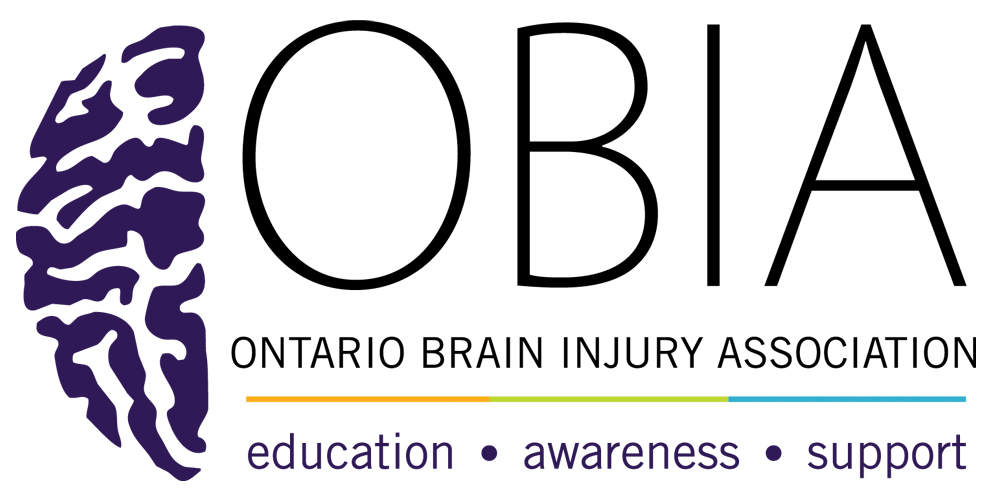Quick Facts
- One of the most common and persistent symptoms following a brain injury
- Long term headaches may be called post-traumatic or post-concussion headaches
What does it
look like?
- Tension headaches affect the entire head and may feel like pressure. They often last from 30 minutes to 1 week
- Cluster headaches are typically limited to one side of the head. Individuals may also have severe pain located around one eye, show tearing, and have a red eye
- Migraine headaches are recurrent and pulsating. Typically, they only affect one half of the head. Sometimes individuals will see an “aura” before a migraine starts and they may also experience vomiting, sensitivity to light, sound, or smell
- Musculoskeletal headaches are common with whiplash. These headaches worsen when bending over, stooping, or exerting oneself. Individuals may also have dizziness, imbalance, and a sensitivity to light and sound
Possible Causes and Complications
Possible causes:
- Muscle tension or spasms
- Injury to the brain such as a bruise (concussion) or laceration (tear)
- Nerve fibers of the brain being stretched or sheared from trauma
- Common triggers include: dehydration, irregular meals, caffeine and stress
Possible complications:
- Inability to tolerate light and noise making it difficult to participate in activities within or outside the home
- Depression and anxiety as a result of ongoing headaches
- Difficulty sustaining attention, problem solving and may experience cognitive fatigue more quickly
What can we do?
- Promote good sleep and rest
- Relocating to a quiet and dark room may help reduce symptoms
- Take breaks from demanding tasks that may trigger headaches
- Plan and pace activities that may bring on headaches
- Take pain medication as prescribed by a health care provider
Disclaimer: This information is not meant to replace advice from a medical doctor. Consult a health care provider regarding specific medical concerns or treatment.

